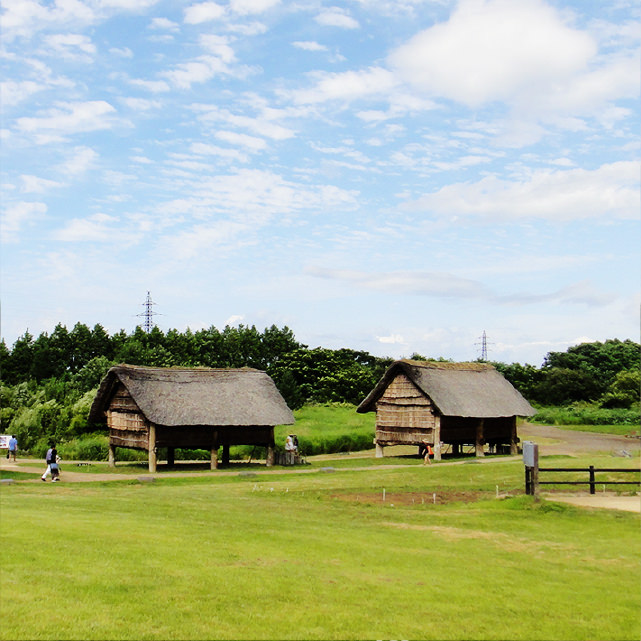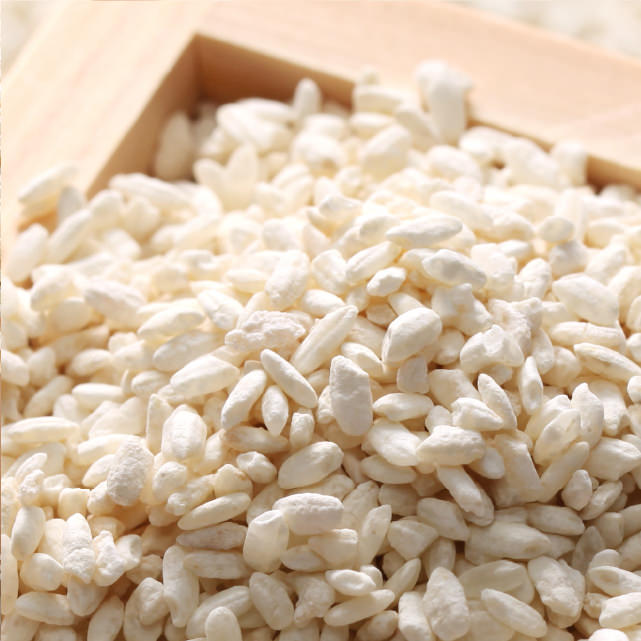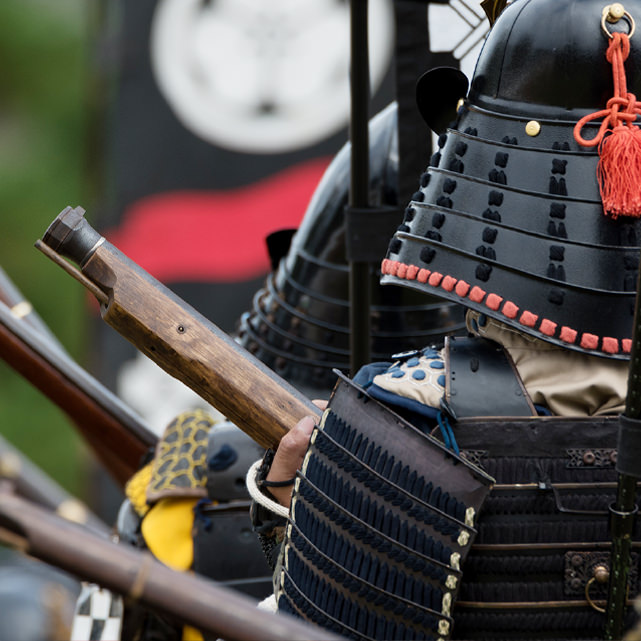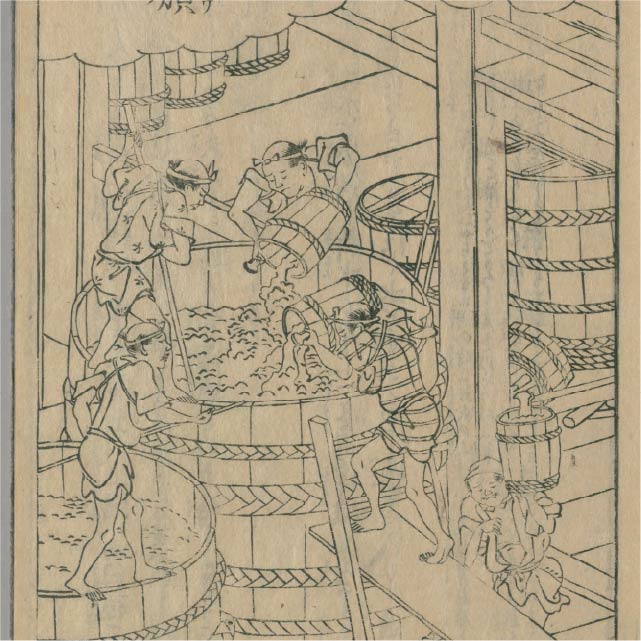Ancient Times:
The Earliest Record
~2nd century BC
Rice and the brewing technique brought in from China
3rd century AD
The first record mentioning the existence of sake in Japan
Read Full HistoryJapan Sake and Shochu Makers Association | JSS
The technique to ferment rice into an alcoholic drink was developed in ancient China. It arrived in Japan along with rice cultivation around 2500 years ago. Since then, Japanese people continuously refined production methods to create a truly unique drink called sake. Here is a detailed outline of the history of sake, from the early beginnings to developments in the modern era.
Rice and the brewing technique brought in from China
The first record mentioning the existence of sake in Japan
Read Full History
Sake brewing division established in the Imperial Court
First record of sake brewing using mold (koji)
Sake brewing method documented in the code of practice
Read Full History
Record of religious institutions making sake
Read Full History
Record of 342 sake-related businesses in Kyoto
First record of pasteurization in sake production
Read Full History
Itami became a star sake producer.
A technical book for sake brewers was written
Government record shows 27,251 brewers across the country
Discovery of miyamizu (water ideal for sake making) in Nishinomiya, bringing sake production there
Read Full History
First export of sake
First bottling of sake
Identification of sake yeast, Saccharomyces sake YABE
Establishment of the National Research Institute of Brewing (NRIB)
First Annual Japan Sake Award by NRIB
War-related food shortages limited the production of sake
The grading system of sake was enforced by the government (terminated in 1992)
Read Full History
Increase in trend of ginjo-shu and unpasteurized sake
Enforcement of "Sake brewing quality labeling standards", a new system to categorize sake by the production method
The amount of sake production starts to decline
Increase in export and the production of specially designated sake in proportion, and a new take on regionality
Read Full History